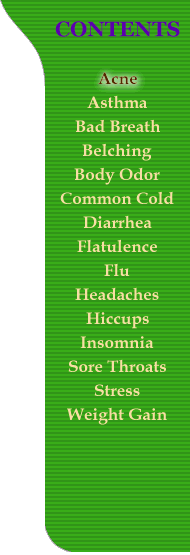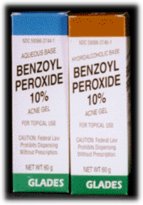|
Acne. If you are a teenager, you can't wait to get rid of it. If you're
an adult, you can't believe it's back. Fortunately, improvements in acne
treatments over the ladt decade mean you don't hace to put up with
it anymore.
A human has thousands of oil glands in the skin on his or her face, chest and back that lubricate the skin by producing sebum or oil. The oil flows through tiny ducts to the skin surface. Sometimes, these oil ducts become plugged with sebum, bacteria and dead skin cells that are shed from the lining of the duct. That's acne. The condition often appears during adolescence because of changing hormones levels. Others develop acne due to various reasons for example:
Do no harm. In other words, don't pick, press, rub, or otherwise manipulate those pimples. You risk spreading the bacteria and increasing the chances for scarring. Besides that, picking on your pimples can cause inflammation. Use benzoyl peroxide. A number
of over-the-counter products contain this ingredient, which help break
up the plug of dead skin cells, bacteria and oil in pores and cuts down
on the bacteria as well. Start with the lowest concentration and work your
way up. Use it once or twice a day. If it dries skin too much, apply a
mild moisturizer.
Click on Next for more ...
|

 |
|
|
Acne Glossary
Comedo. An oil duct
Whitehead. A closed
Blackhead. An opened
Papule. A ruptured comedo
Pustule. A ruptured comedo
Nodule (sometimes called a
|
||